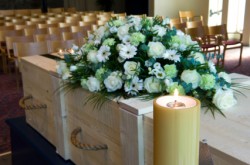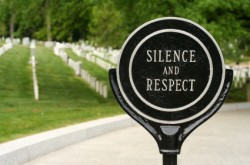 Whenever anyone talks about funeral costs or finding ways to finance a burial, the most commonly cited options include pre-planned funerals, funeral or life insurance, estate money, or even a private savings account. It has long been considered the responsibility of the deceased or the deceased’s immediate family to cover all the funeral costs, regardless of how that affects personal finances.
Whenever anyone talks about funeral costs or finding ways to finance a burial, the most commonly cited options include pre-planned funerals, funeral or life insurance, estate money, or even a private savings account. It has long been considered the responsibility of the deceased or the deceased’s immediate family to cover all the funeral costs, regardless of how that affects personal finances.
While there is no denying that funeral costs should be covered by those closest to the deceased, this is not always a possibility. Whether due to personal circumstances, timing, or funeral plans that fell through, you may find yourself in need of additional funds. One such place to turn for help is through funeral fundraising.
What is Funeral Fundraising?











